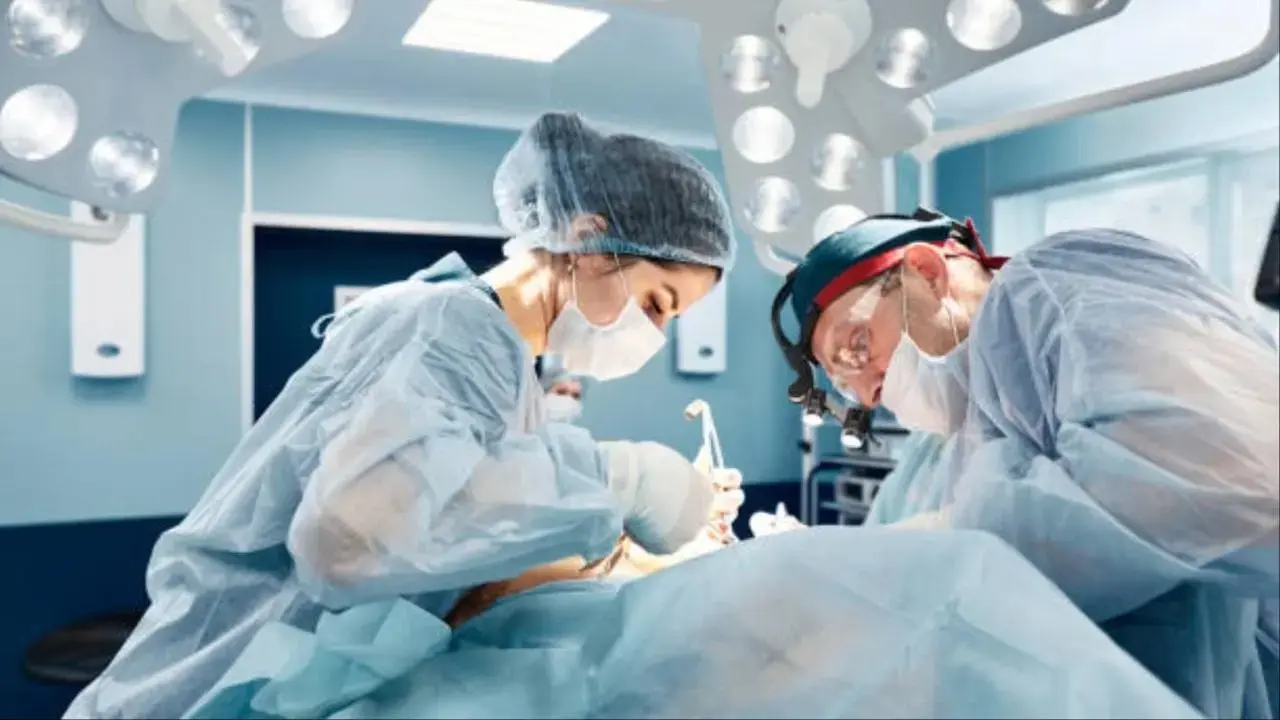Doctors in Kolkata have successfully performed a highly specialised Endovascular Aneurysm Repair (EVAR) on a 67-year-old man from Mizoram who had been diagnosed with a large abdominal aortic aneurysm, a critical swelling of the body`s main blood vessel in the abdomen.
The complex, minimally invasive procedure was carried out under the expert care of Dr Subhasis Roy Chowdhury, and Dr. Jayanta Das from the Department of Vascular Surgery at Manipal Hospital, Broadway.
The patient had been suffering from lower abdominal pain for almost a year, and investigations showed that he had a dangerously enlarged abdominal artery. Such aneurysms are at a high risk of sudden rupture and are thus potentially life-threatening due to internal bleeding.
Given the highly developed risks of open abdominal surgery, EVAR was chosen as the best option. EVAR is a modern, minimally invasive procedure in which, through small incisions in the groin (the area where the thigh meets the abdomen), a covered stent is placed to seal the aneurysm safely. This was meticulously planned for and undertaken with precision, reduced surgical trauma and allowed quicker recovery.
Thereafter, the patient had an uncomplicated recovery and was discharged within two days.
While explaining the case, Dr Chowdhury shared, “Aneurysms of this size are silent threats; patients often live with discomfort for months without realising the danger growing within. With EVAR, we were able to step in at the right time and provide a safer option, particularly for elderly people. In this case, procedure precision and flawless teamwork by our team were critical for blocking a potential catastrophic harm to the patient. It reinforces how advanced cardiac and vascular interventions can truly change lives.”
Dr Das shared, “Abdominal aortic aneurysms are among the most dangerous vascular conditions because they progress quietly until the risk becomes life-threatening. In the case of this patient, prompt diagnosis and choosing to perform EVAR were the turning points. The operation required precise planning, advanced imaging, and flawless execution, and I am very pleased that our team was able to provide a minimally invasive alternative that saved him from the risk of an open surgery procedure. This case is really a testament to what modern-day vascular care can do, not just saving patients from catastrophic complications, but improving their quality of life.”











